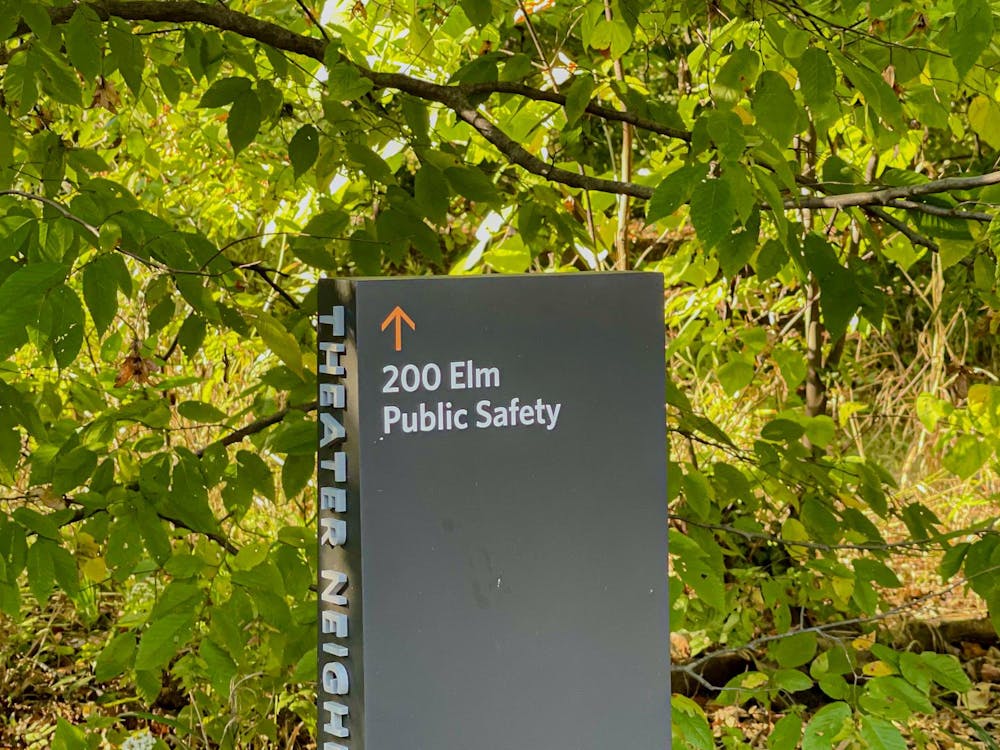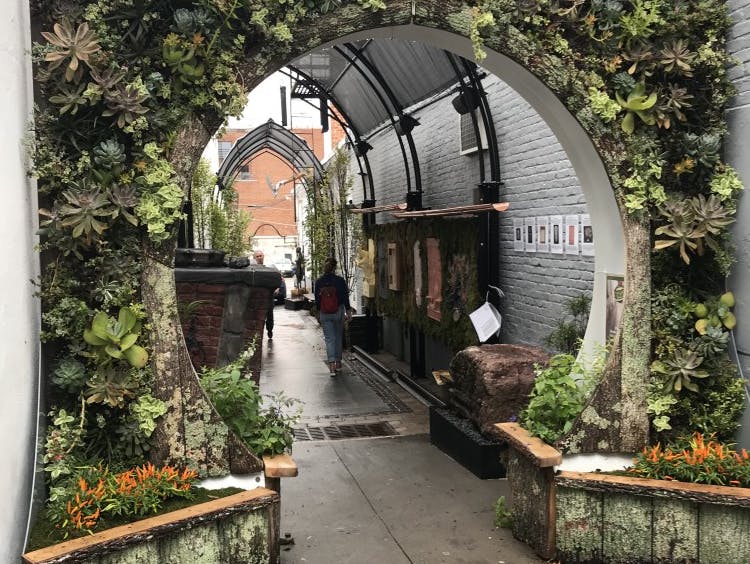
For its proximity to an institution with such busy students, it is no surprise that the Princeton Starbucks is full almost any time of day or night. Indeed, it is often a battle to secure a table for that last bit of reading or those pesky problem sets. And having been slow to add milk to my tea, I lost out on the last available spot in the house. So, tea and Chinese textbook in hand, I carried myself out of the door and set off, dejected, down Nassau Street in search of another spot to finish off my studying for the day.
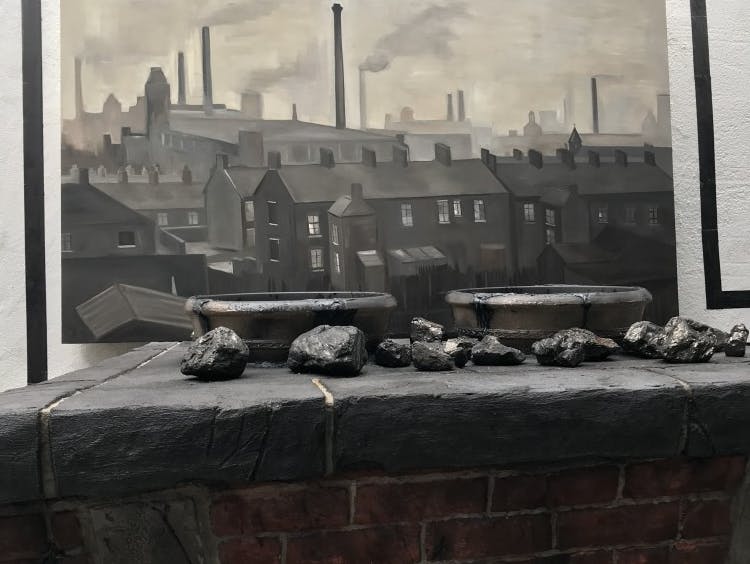
I did a double take, though, as I passed by a moon gate I had never noticed before. Its lush green grass and white flowers stood out from the drab white buildings between which it lay. Stepping through, I felt as if I had jumped straight down the rabbit hole. To the left stood a tribute to the cities of the Industrial Revolution, with lumps of charcoal flanking sooty chimneys and foggy landscapes reminiscent of a Lowry masterpiece. The right-hand wall, on the other hand, evoked the rolling hills of rural northern England, interspersed with sculptures of Lord Byron, William Wordsworth, and Percy Bysshe Shelley, among others.
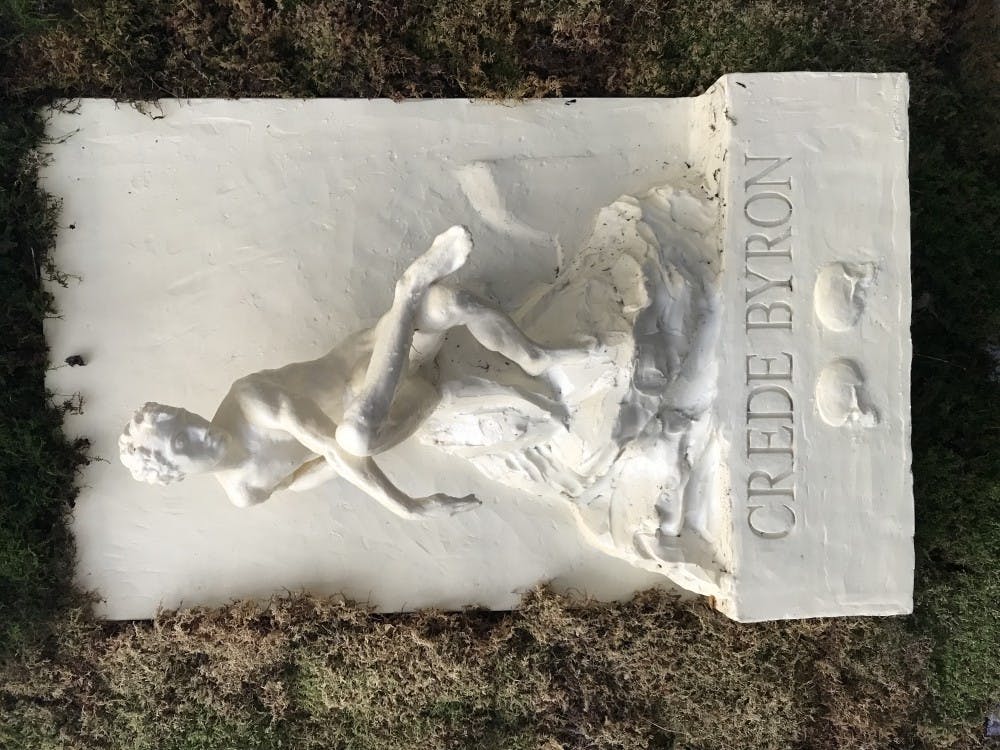

Dohm Alley styles itself as a “dynamic sensorium,” and this is clear from the moment one steps into the space; one’s ears are taken away from the traffic and noise of Nassau and lent over to birdsong, calming music, and the smooth flow of water from the fountain. In construction since November of last year, the recently opened space is currently dedicated to the era of English Romanticism, though its creators have ambitious plans for further exhibitions on everything from theatre to food literacy.


This first exhibition is a promising start. The fight between rural life and urbanization in the 19th century is well captured by the space, and each of the six selected poets is poignantly represented by the eclectic mixtures of tributes to them. Byron, for his flamboyance and love of all things Italian, is cast in the Greco-Roman style by Joshua Koffman, while George Nista gives a nod to radicalism in his depiction of Shelley.
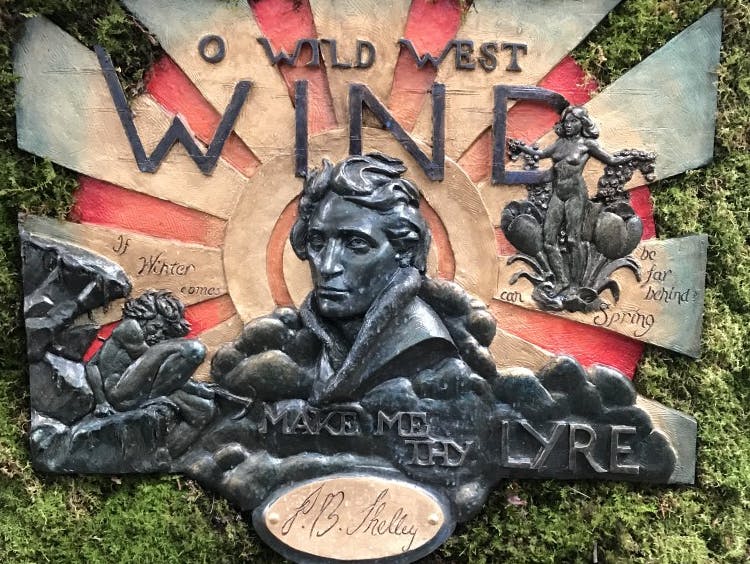
I enjoyed the short time I could afford in Dohm Alley to relax in the company of the birds, poetry, and nature, though work was calling. From the grassy haven at the bottom of the alley, I passed through the depictions of the industry and toil of yesteryear, desperate like Wordsworth to escape my toil and be back in the company of nature sometime soon.





